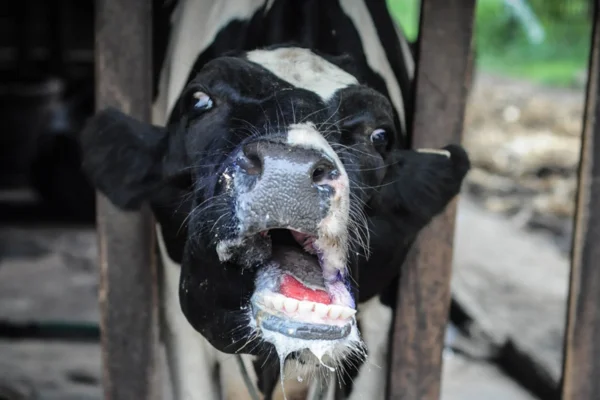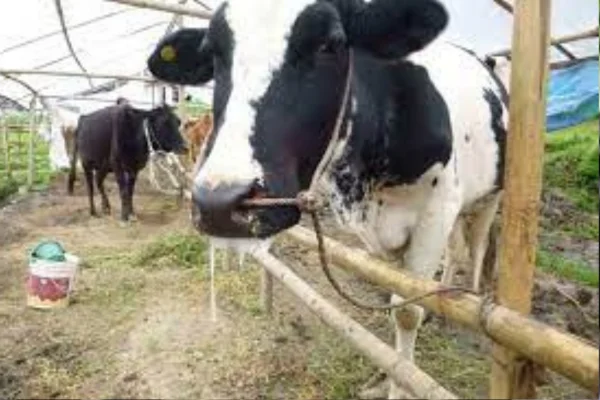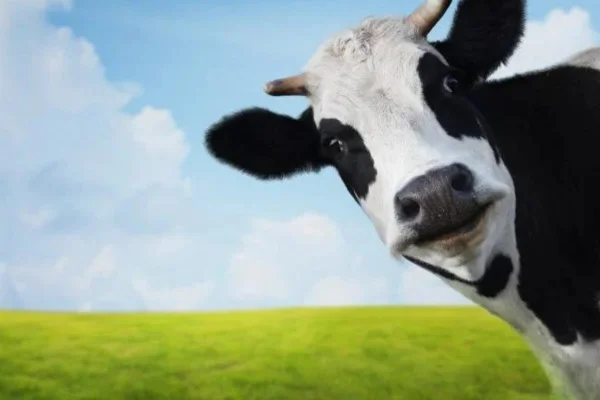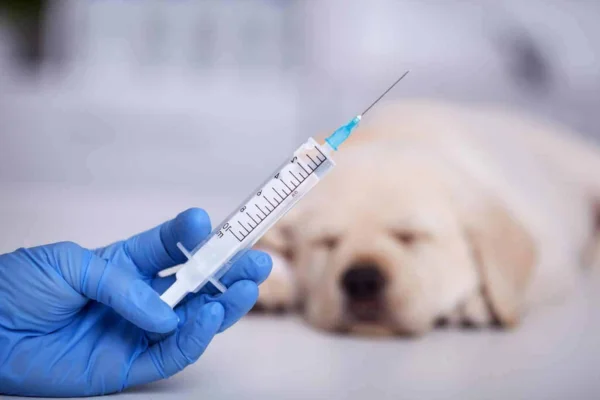The Socioeconomic Impact of Foot-and-Mouth Disease: A Comprehensive Analysis
Foot-and-mouth disease is a highly contagious viral disease that affects hoofed animals such as cattle, pigs, sheep and goats. The presence of this disease in a herd can have devastating consequences, not only for the health of the animals, but also for a country's economy. This article explores the socio-economic impact of foot-and-mouth disease, highlighting the challenges faced by farmers, control and prevention measures, and the global repercussions of this disease.
What is Foot and Mouth Disease?
Foot-and-mouth disease is caused by a virus of the genus Aphthovirus, belonging to the Picornaviridae. The virus spreads rapidly through direct contact between infected and uninfected animals, as well as through contaminated objects, vehicles, and even people who have had contact with the virus. Symptoms include high fever, painful lesions in the mouth, tongue, teats and between the hooves, which can lead to difficulty feeding and moving the animals. Although the disease is rarely fatal, the loss of productivity is significant, which exacerbates the economic impact.
Direct Economic Impact
Production losses
One of the most immediate and direct economic impacts of foot-and-mouth disease is the loss of milk and meat production. Infected animals have a drastic reduction in production capacity due to the stress caused by the disease and the painful lesions. In some cases, the mortality of young animals can be high, resulting in future losses for livestock farming.
Contents

Control and Eradication Costs
The costs associated with controlling and eradicating foot-and-mouth disease are high. Measures such as mass vaccination, quarantine of infected herds, disinfection of facilities and equipment, and the eventual slaughter of contaminated animals involve substantial expenditure. In addition, the implementation of ongoing surveillance and diagnostic programs also requires significant investment.
Indirect Economic Impact
International Trade
The presence of foot-and-mouth disease in a country can lead to severe restrictions on international trade in animal products. Countries free of the disease often impose trade barriers on products from affected regions. This results in a loss of markets and a drop in product prices, directly affecting the agricultural economy. Restrictions can last for years, even after the disease has been eradicated, until international confidence is restored.
Rural tourism
Rural tourism, an important source of income in many regions, can also be affected by foot-and-mouth disease. Rural areas under quarantine or with animal movement restrictions lose visitors, negatively impacting the local economy which depends on agricultural tourism.
Social Impact
Unemployment and Loss of Income
Foot-and-mouth disease can cause unemployment and loss of income for many rural workers. With the decrease in production and the need to slaughter animals, many farms reduce their workforce. The resulting economic crisis can lead to a rural exodus, aggravating social problems in urban areas.
Food safety
The reduction in meat and milk production affects food security, especially in developing countries where livestock is a crucial source of protein. Shortages of these products can lead to price increases, making them unaffordable for low-income populations.
Control and Prevention Measures
Vaccinations
Vaccination is one of the main strategies for controlling foot-and-mouth disease. Mass vaccination campaigns are implemented in endemic regions to create an immune barrier against the virus. However, the effectiveness of vaccination depends on high coverage and the proper administration of doses.
Surveillance and Diagnosis
Continuous surveillance is essential for the early detection and control of outbreaks. This includes regular monitoring of herds, laboratory testing, and the implementation of early warning systems. Readiness to respond to emerging outbreaks can make the difference in containing the disease.
Biosecurity
Biosecurity measures are crucial to preventing the spread of foot-and-mouth disease. This includes rigorous disinfection of vehicles and agricultural equipment, control of animal movements, and the implementation of management practices that minimize the risk of contamination.
Global repercussions
Foot-and-mouth disease is a global concern due to its potential spread and economic impact. Countries that export animal products are always on alert to prevent the introduction of the virus into their herds. International cooperation is essential for exchanging information and developing effective control strategies.
Case Studies
Brazil
Brazil is one of the world's largest beef exporters and has faced several outbreaks of foot-and-mouth disease over the years. Strict control measures and the implementation of mass vaccination programs have been key to maintaining FMD-free status in many regions. However, sporadic outbreaks continue to pose a significant threat to the country's agricultural economy.

United Kingdom
The 2001 foot-and-mouth outbreak in the UK was one of the most devastating in recent history, resulting in the slaughter of more than six million animals and causing an estimated £8 billion in economic damage. The impact was felt not only on agriculture, but also on rural tourism and the lives of the communities affected. The response to the outbreak included drastic movement control measures, preventive culling and large-scale disinfection campaigns.
Conclusion
Foot-and-mouth disease is a disease with a significant socio-economic impact that goes beyond the loss of animal productivity. The direct and indirect economic consequences, along with the social impacts, highlight the need for effective control and prevention strategies. International collaboration, ongoing research and investment in biosecurity and surveillance measures are essential to mitigate the devastating effects of this disease. Awareness of the importance of prevention and readiness to respond to emerging outbreaks are key to protecting the agricultural economy and global food security.
References
- Rivera AM, Sanchez-Vazquez MJ, Pituco EM, Buzanovsky LP, Martini M, Cosivi O. Advances in the eradication of foot-and-mouth disease in South America: 2011-2020. Front Vet Sci. 2023 Jan 9;9:1024071. doi: 10.3389/fvets.2022.1024071. PMID: 36699326; PMCID: PMC9868265.
- Taís Cristina de Menezes and others, Economic assessment of foot-and-mouth disease outbreaks in Brazil, Q Open, Volume 2, Issue 2, 2022, qoac028, https://doi.org/10.1093/qopen/qoac028
Thanks for stopping by, check out our other work too







